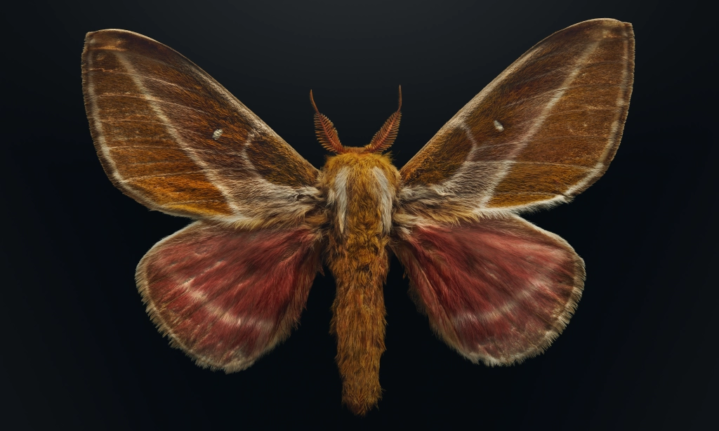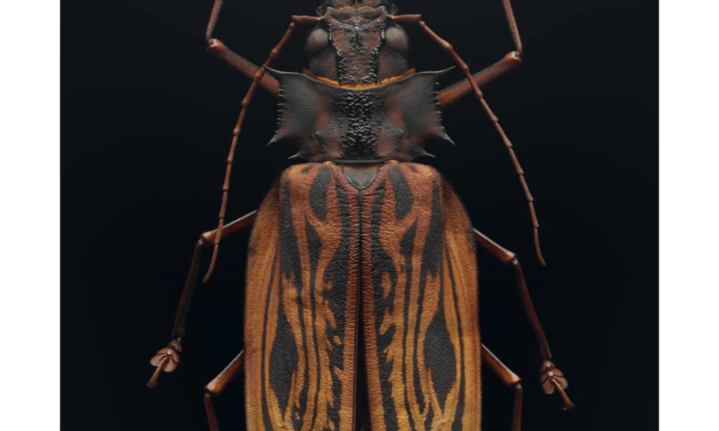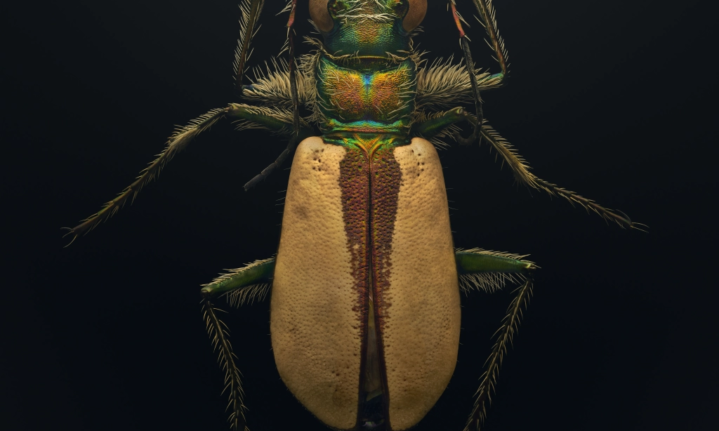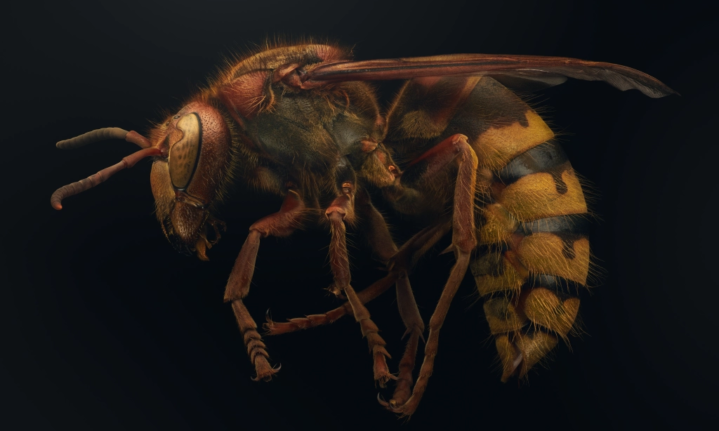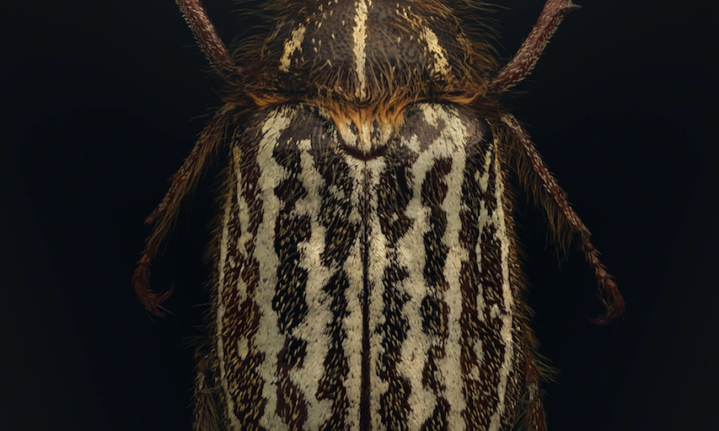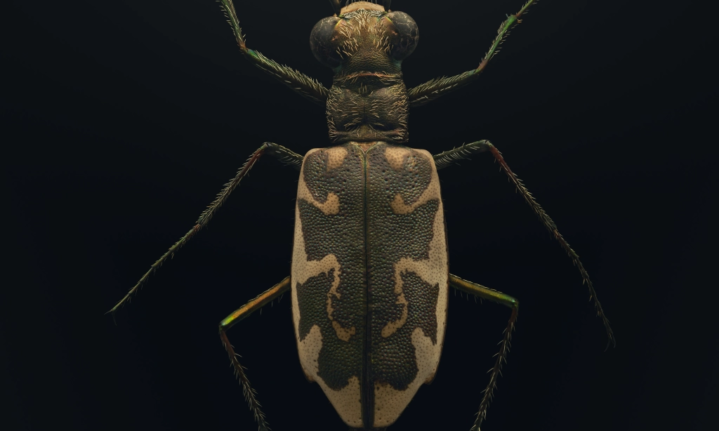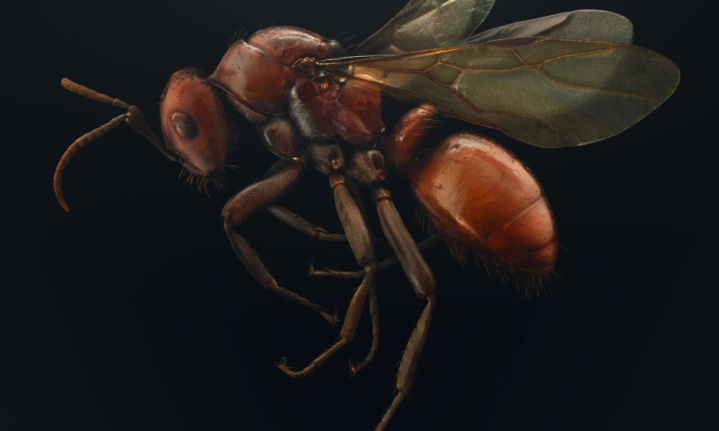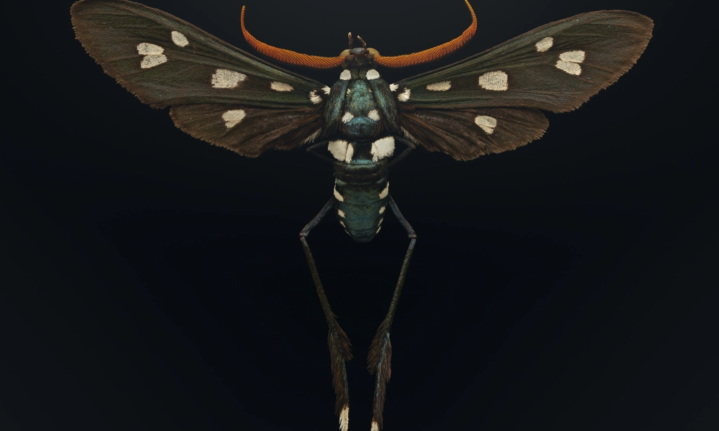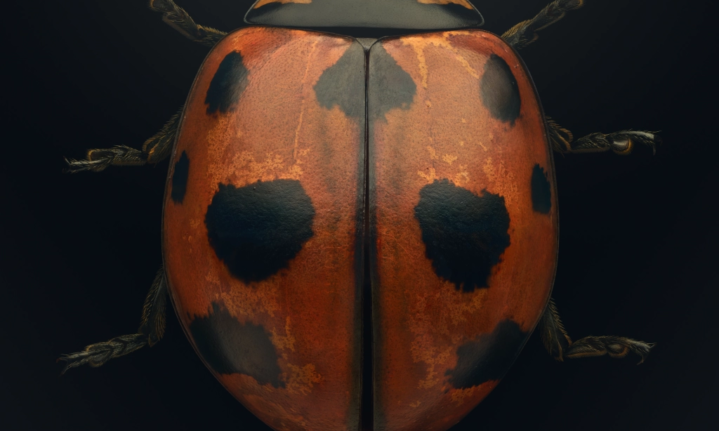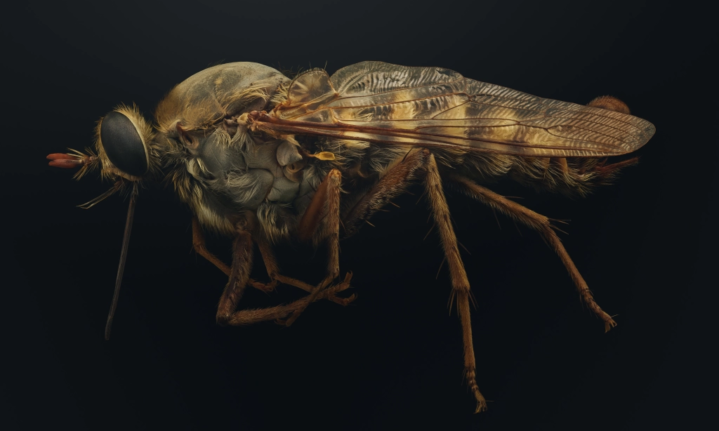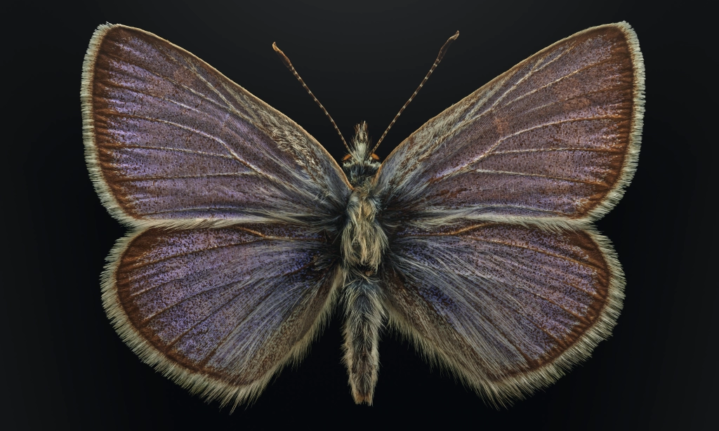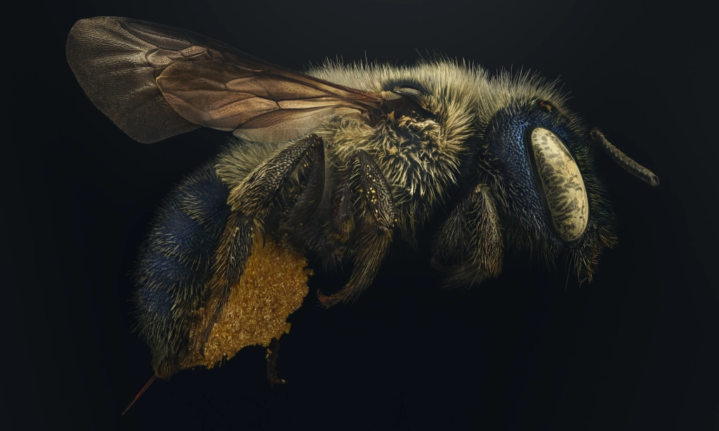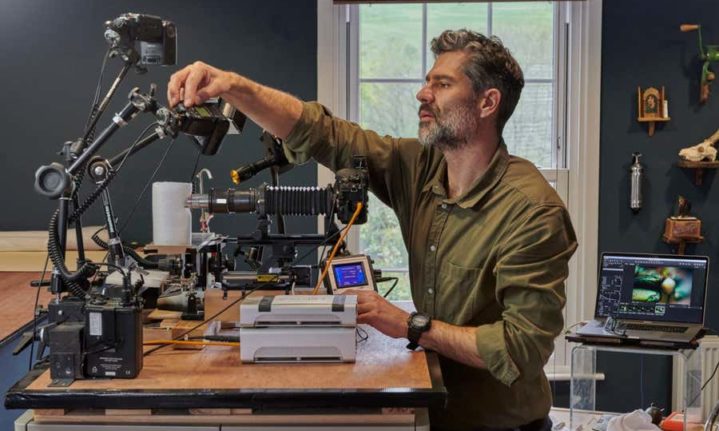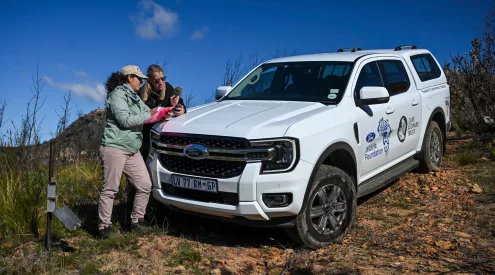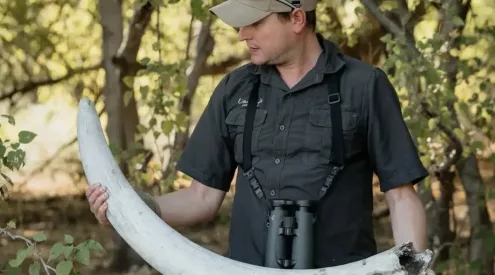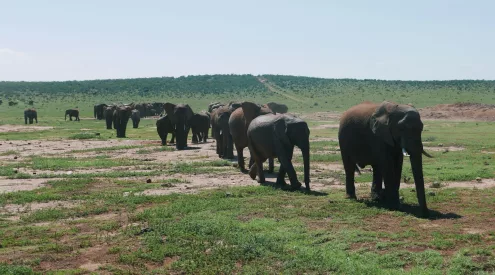From bees to butterflies, insects help keep natural ecosystems healthy. But the evidence is clear: insect species are in decline. A collaboration between photographer Levon Biss and the American Museum of Natural History featured photos of 40 insect species that are either vulnerable, threatened or already extinct.
Each photograph in Extinct and Endangered takes about three weeks to create from up to 10,000 individual images shot using a bespoke rig and microscopic lenses. They are then layered together, producing a fully focused shot that reveals the minute details usually invisible to the naked eye.
‘There are two sides to this exhibition,’ said Levon Biss. ‘There’s the beauty and the celebration of these creatures. But there’s also a somberness when you marvel at these insects and start to understand that they are already extinct or close to being gone, and the reason for that is us, primarily. I hope people will walk away from this exhibition realising that these animals are too beautiful to be lost. They are too important to be lost.’
Insects are the most diverse group of animals on the planet, accounting for 80% of animal life on Earth. More than one million species have been named by scientists, and many more have yet to be discovered. Extinct and Endangered will sound an alarm and call attention to the critical issue of insect decline on a global level.
Studies predict that a 10% loss in the gross population of insects could result in 14% of all animal and plant species facing extinction, with the rate of extinction among insects eight times faster than that of birds or animals.
United Nations research in 2019 found that one million species across the globe are facing extinction, and half of them are insects, with a 9% drop in the overall insect population since 1990.
‘Hopefully, people can look at one of my images and just marvel about how beautiful this thing is, look at the engineering that nature has created within these insects — they’re beautifully functional,’ Biss said.
The result is a book that insists on the momentous significance of these small, mostly unknown creatures.
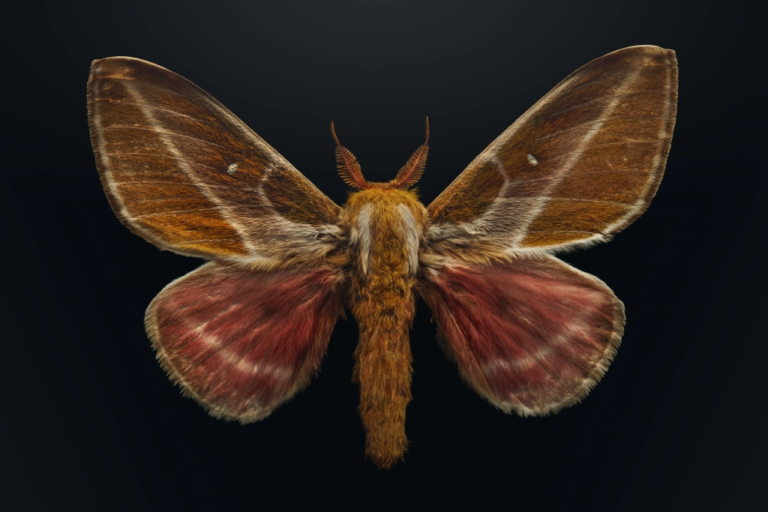
Raspa silkmoth (sphingicampa-raspa). While other silkmoth species spin a silk cocoon and attach to branches or plant stems when they transition to adulthood, the raspa silkmoth metamorphoses down in the soil. Underground, it creates chambers by tying pieces of soil and humus together with silk.
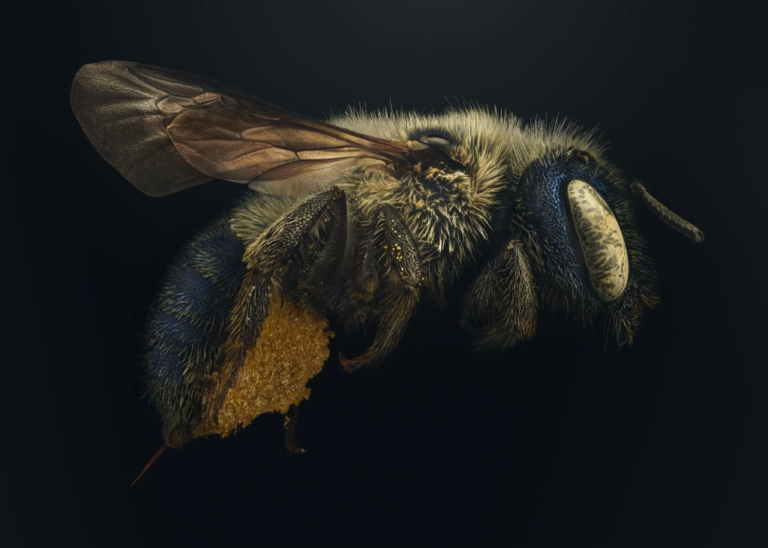
Blue Calamintha Bee (Osmia-calaminthae). Indigenous to Florida, USA, this bee was feared extinct until recently. It has unusual facial hairs which it uses to collect pollen.
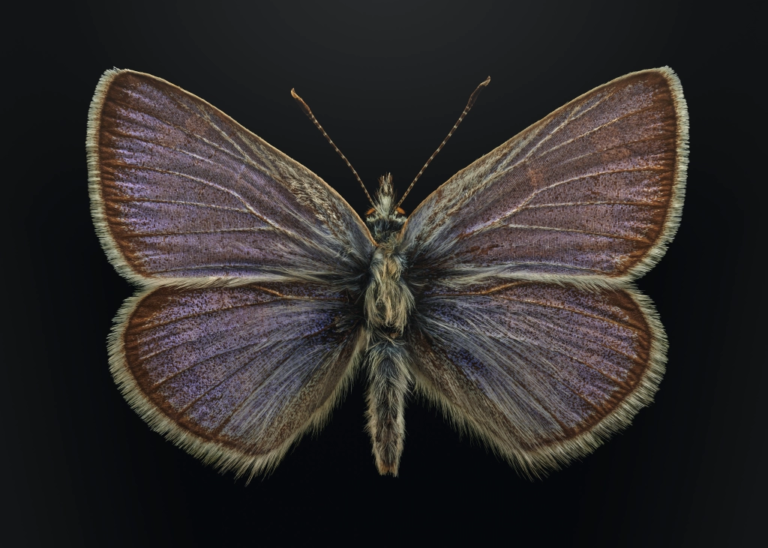
The Xerces blue (glaucopsyche xerces) is a recently extinct species of butterfly in the gossamer-winged butterfly family, Lycaenidae.
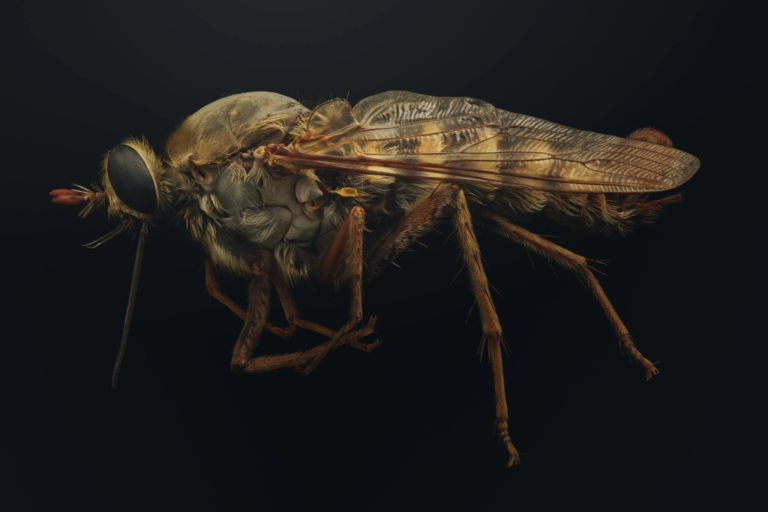
San Joaquin valley flower-loving fly(rhhaphiomidas trochilus) has lost more than 99% of its original habitat. It can hover in mid-air and then instantly fly away at speeds difficult for the human eye to follow.
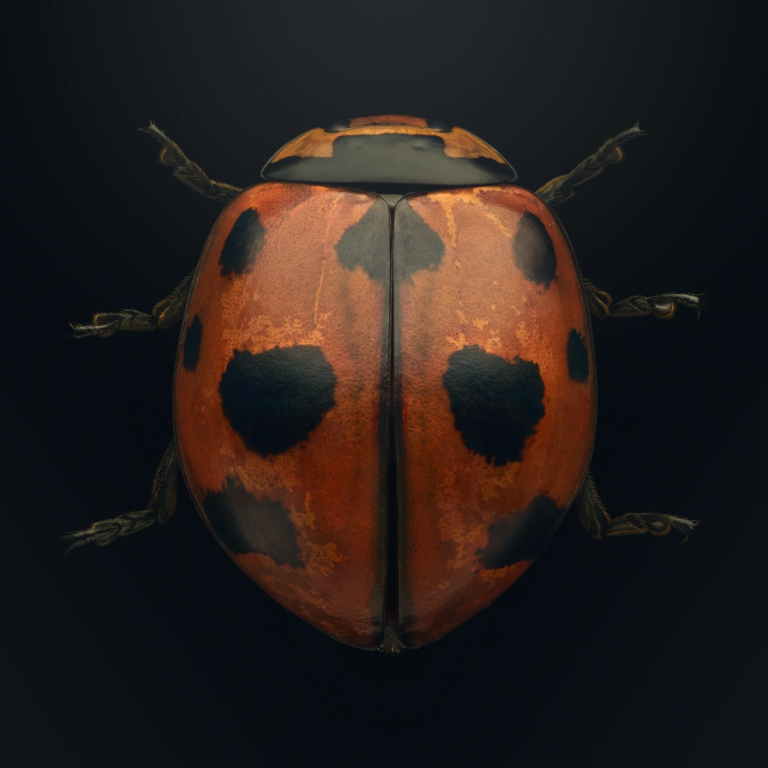
Nine spotted lady beetle (Voccinella Novemnotata). Native to North America, this beetle was once widespread but is now rarely seen. Starting in the 1980s, numbers of lady beetles, including “ninespots,” suddenly crashed for reasons that remain unclear.
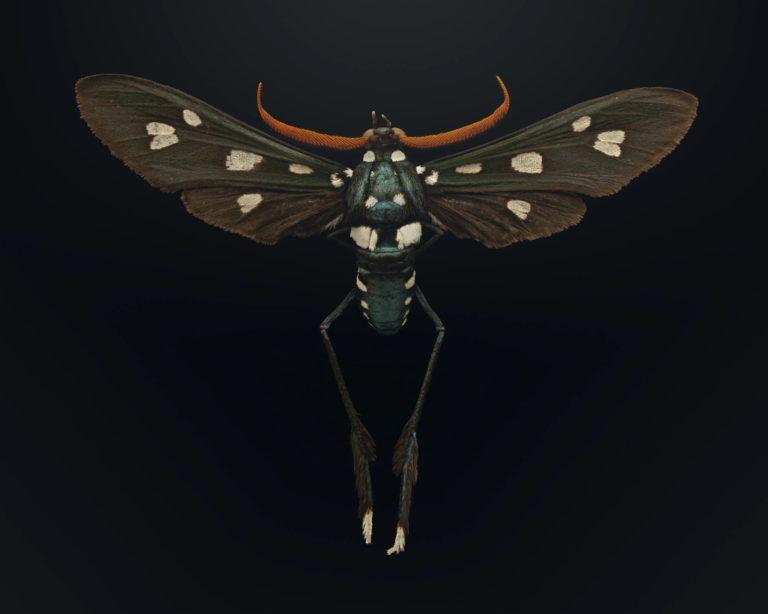
Lesser wasp moth (pseudocharis minima).A day-flying moth that looks, flies and acts like a wasp, which is a great defence against natural predators. It is, however, imperiled by insecticides for mosquitoes and crop pests are systematically sprayed in areas near where they live
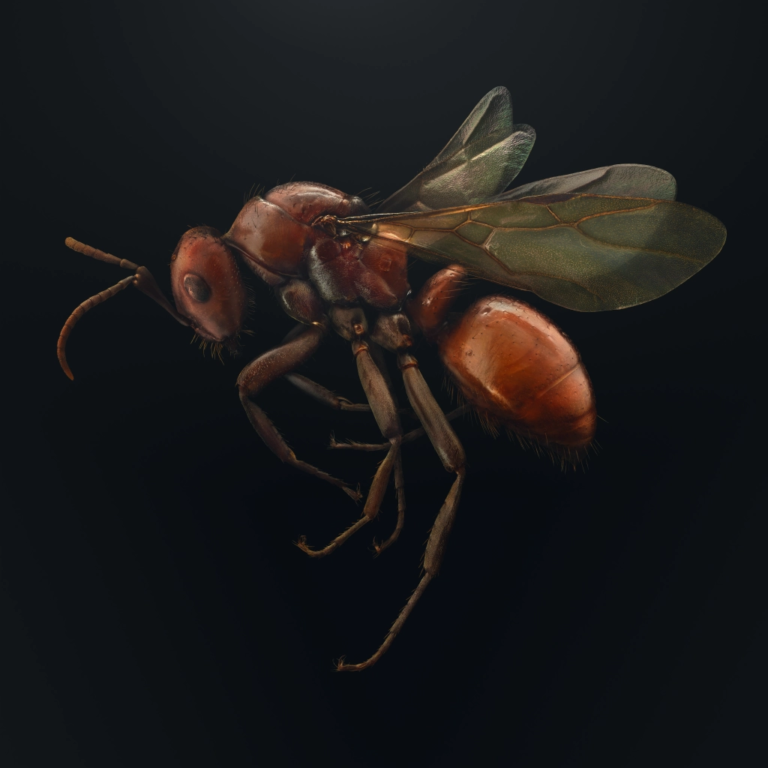
Shining Amazon ant (polyergus-lucidus). Unlike most ant species, Polyergus lucidus, found in meadows in the eastern U.S., has an extremely specialized way of rearing its young. A queen of Polyergus lucidus invades the nest of a different species, kills their queen, cloaks herself in the host queen’s scent—and then becomes the new queen. Worker ants also kidnap members of the other ant species to raise their offspring for them.
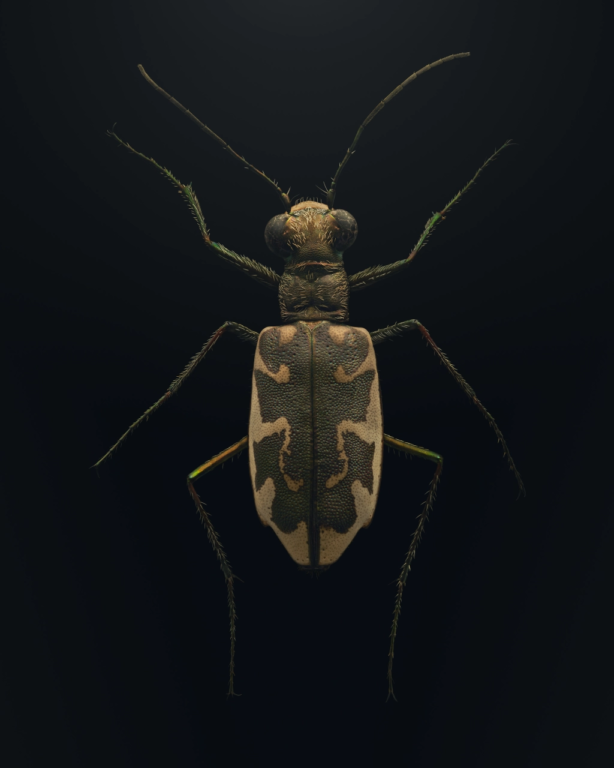
Puritan tiger beetle (cicindela puritana). These tiger beetles may be small, but with their very long legs and fierce jaws, they are fast and formidable hunters, running down insects and small crustaceans near the waters of the Chesapeake Bay and along the Connecticut River.
Today, these predators are in severe decline, down to just a few remaining populations.
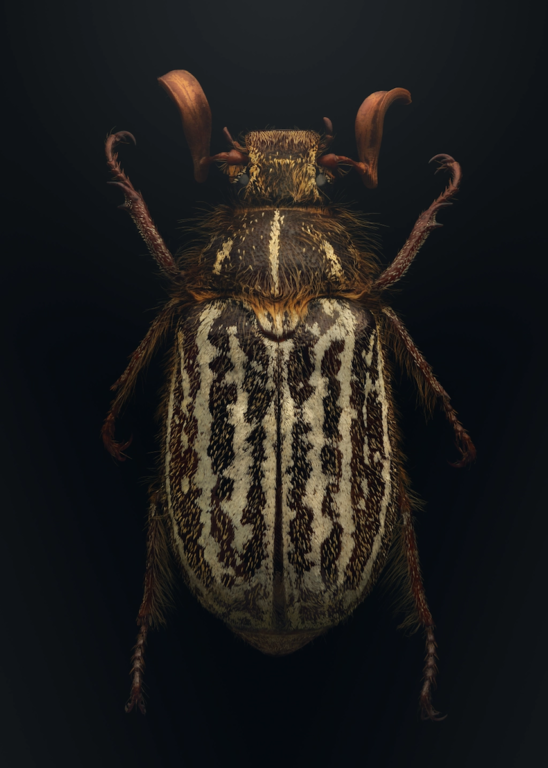
Mount Hermon June beetle (polyphylla barbata) In the sandy soil of Zayante Hills near Santa Cruz, California, they live only for a few weeks as adults, but as larvae, they grow for several years, mainly in underground burrows. This long lifespan and very narrow range—they are found nowhere else—make the species quite vulnerable.
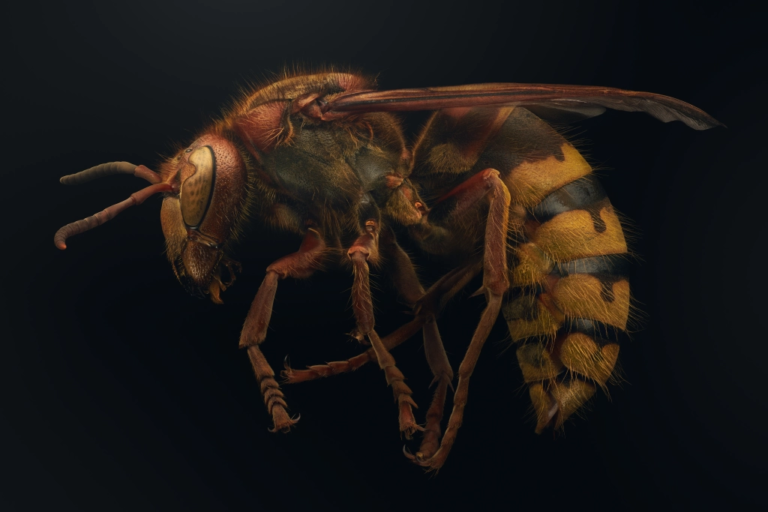
European hornet (vespa crabro)
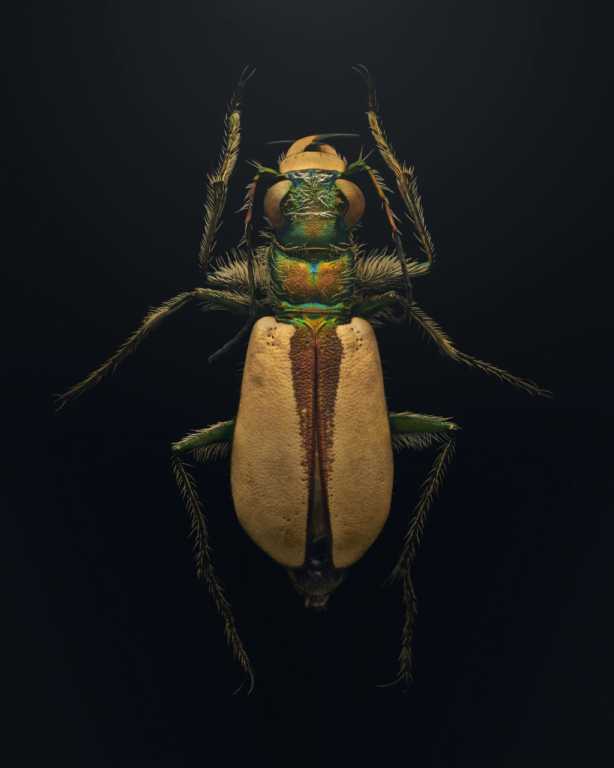
Coral pink sand dunes tiger beetle (cicindela albissima. This colourful insect blends into its natural habitat the pink sand dunes of its Utah, USA. The cream forewings also help these beetles handle desert heat by reflecting rather than absorbing sunlight.
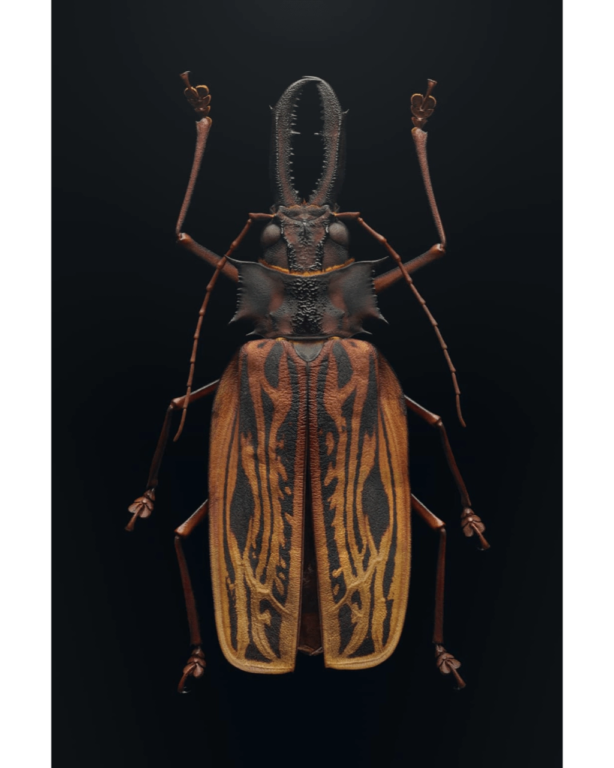
Sabertooth longhorn beetle (macrodontia cervicornis). can reach seven inches long, making them one of the longest beetles in the world. Living in humid rain forests in the Amazon River basin from Brazil west to Peru and Ecuador, these beetles are at risk.
Levon Biss
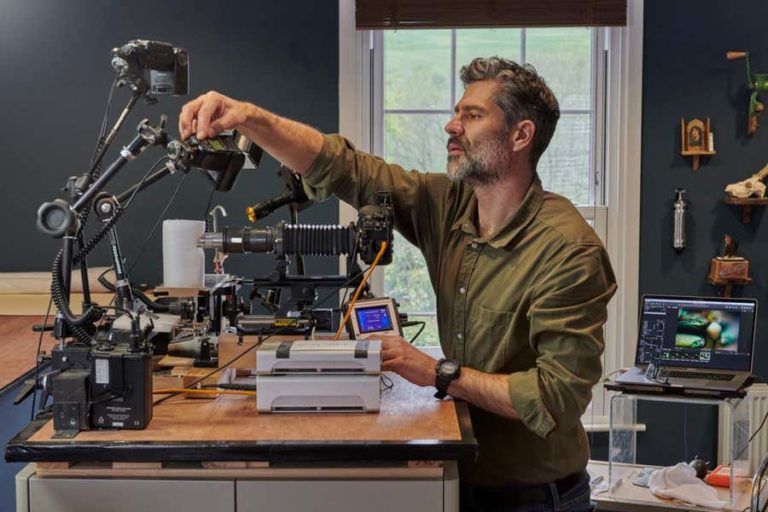
Levon Biss is widely regarded as the leading macro photographer of his generation. With an unmatched mastery of technique and lighting, he builds his massive images by digitally combining thousands of photographs. Biss is the creator of the book and exhibition Microsculpture: Portraits of Insects (2017), which has toured 20 countries, and The Hidden Beauty of Seeds & Fruits (2021).
Extinct & Endangered: Insects in Peril, an exhibition by Levon Biss in collaboration with the American Museum of Natural History, has been turned into a book.
Biss created 40 vivid portraits of endangered and extinct insect species by combining thousands of shots of specimens from the American Museum of Natural History, New York. He used a photo-stacking technique in which the images, captured via microscope objective lenses on a bespoke photo rig (shown above), are brought together to produce final artworks with extreme levels of detail. The images were displayed at the museum and featured in a book that shares the project’s name.
High-resolution images of the insects are available on the website, Extinct and Endangered, allowing you to zoom into the smallest detail to really marvel at the creatures.
Pictures: Supplied/ Extinct and Endangered
ALSO READ: Do trees really stay in touch via a ‘wood-wide web’? Here’s what the evidence say
Follow us on social media for more travel news, inspiration, and guides. You can also tag us to be featured.
TikTok | Instagram | Facebook | Twitter









